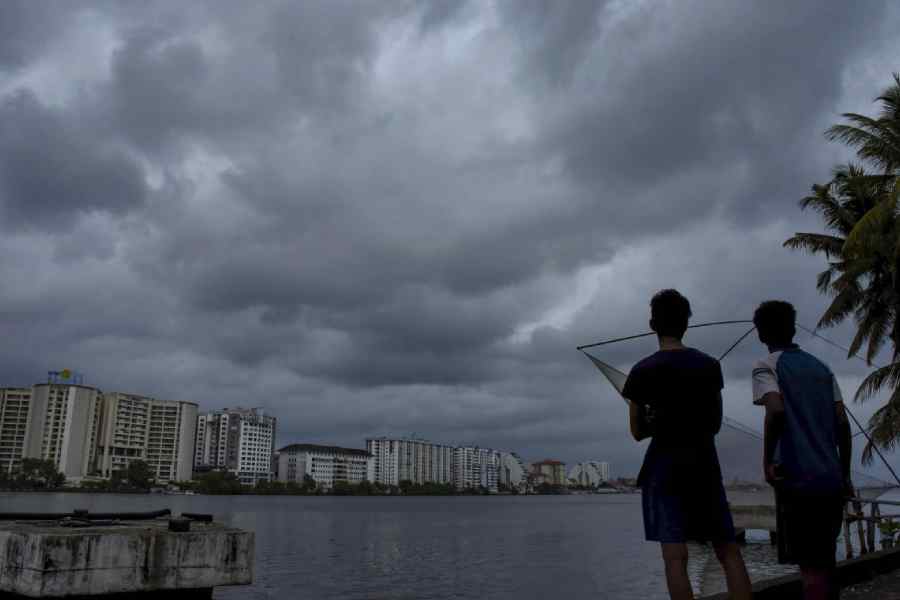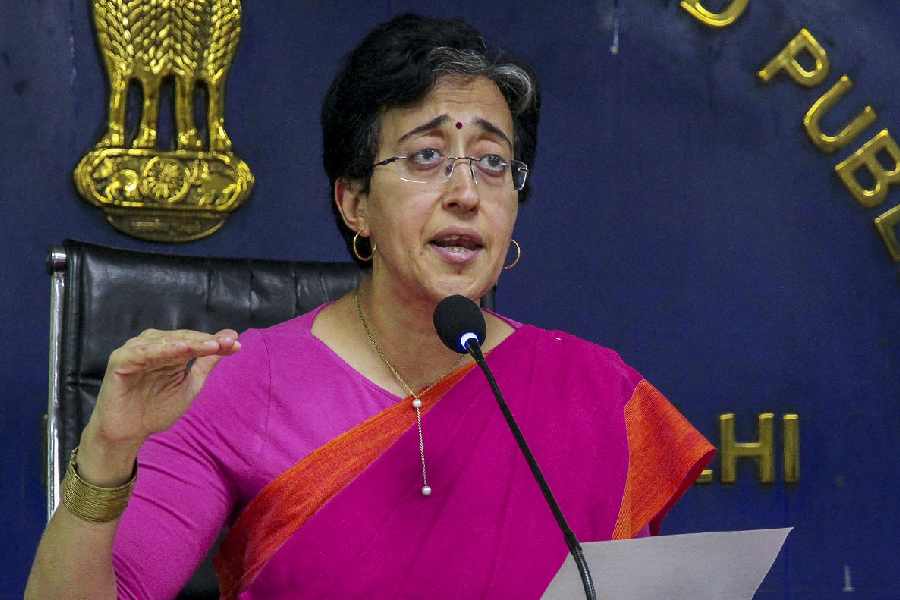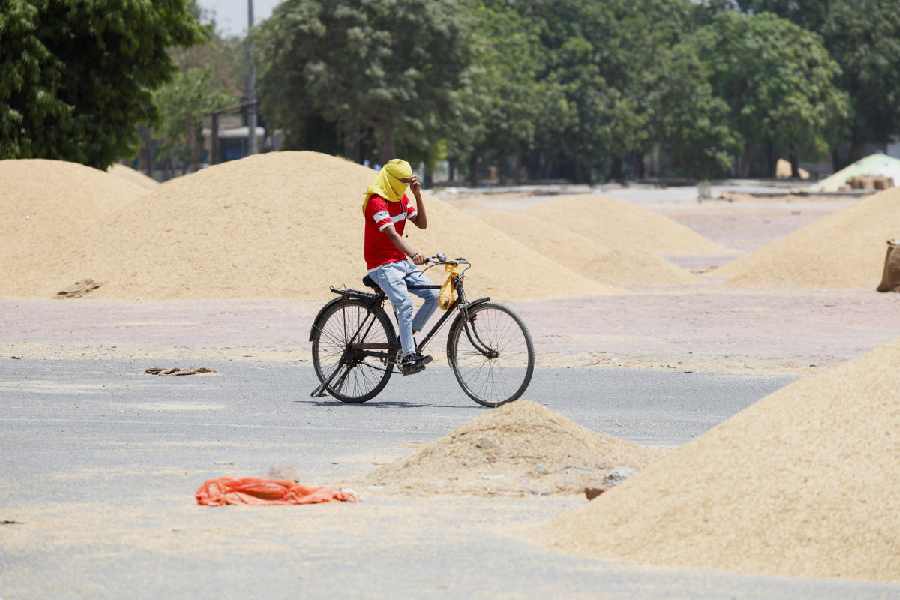Delhi's Mungeshpur area Wednesday logged a maximum of 52.3 degrees Celsius, the highest ever temperature recorded in the city, officials said.
On Tuesday, the weather station in the northwest Delhi locality recorded 49.9 degrees Celsius.
A day later, the temperature rose further with the weather station recording a maximum temperature of 52.3 degrees Celsius at 4.14 pm, according to the website.
An IMD official told PTI, this is the highest ever maximum temperature recorded so far in Delhi.
Explaining the reason behind the rising mercury, IMD regional head Kuldeep Srivastava said the city's outskirts are the first areas to be hit by hot winds from Rajasthan.
"Parts of Delhi are particularly susceptible to the early arrival of these hot winds, worsening the already severe weather. Areas like Mungeshpur, Narela and Najafgarh are the first to experience the full force of these hot winds," he said.
Mahesh Palawat, the vice president of Meteorology and Climate Change at Skymet Weather, said, "In open areas with vacant land, there is increased radiation. Direct sunlight and lack of shade make these regions exceptionally hot." "When wind blows from the west, it affects these areas first. As they are on the outskirts, temperatures rise rapidly," Palawat added.
Open areas and barren land are contributing to higher temperatures due to increased radiation, said IMD's Charan Singh.
With temperatures soaring, the city peak power demand rose to an all-time high of 8,302 MW at 15:36:32 hours on Wednesday, according power discom officials.
It is the first time in the history of the national capital that its power demand has crossed the 8,300-MW mark. Power distribution companies had estimated the demand to peak at 8,200 MW this summer.
Water scarcity in Delhi
The national capital is facing water shortage due to unprecedented summer heat with temperatures hovering around the 50 degrees Celsius mark in parts of the city.
Water minister Atishi has directed the Delhi Jal Board (DJB) to deploy 200 teams across the city to prevent water-wasting activities like car washing with a hose, overflowing water tanks, and use of domestic water supply for construction and commercial purposes.














